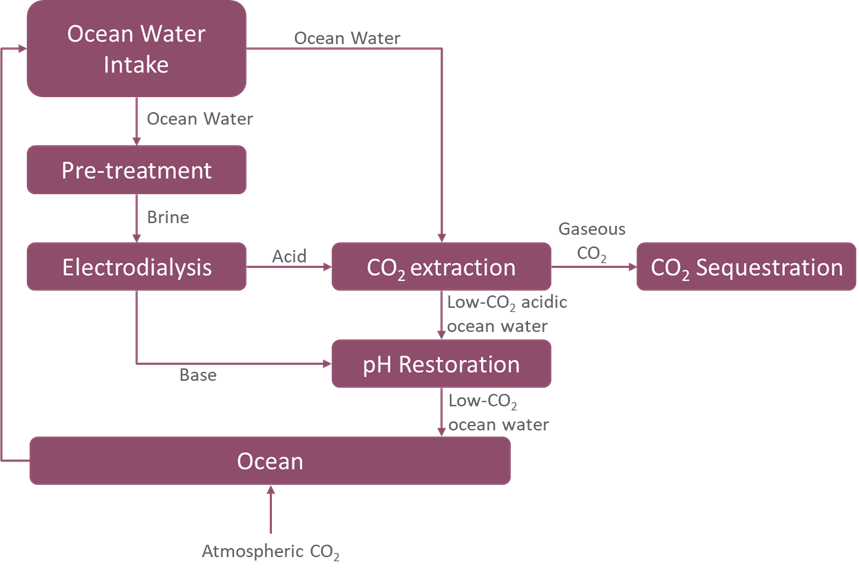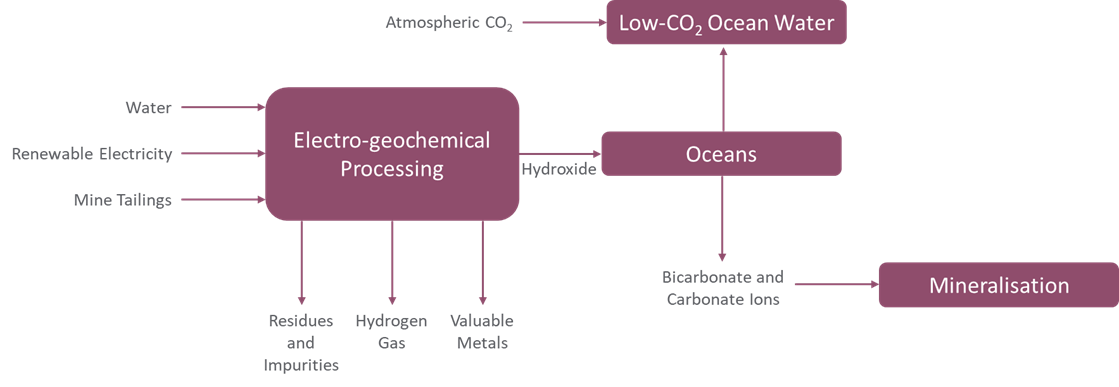
COP27 commences on 6th November 2022 and one of the key items on the agenda will be the rules around a planned mandatory global carbon credit market under Article 6 of the Paris Convention. Many climate scientists and economists see an effective and global mandatory carbon credit market as critical to driving the necessary investment to hit national and global climate targets.
Rewinding a year, at COP26 it was agreed that such a mandatory market would only issue credits for emissions reductions or removals, rather than the emission ‘avoidance’ schemes that have proliferated in voluntary carbon markets.
We have previously discussed the burgeoning field of carbon dioxide removal technology in relation to the ongoing XPRIZE Carbon Removal Competition, which is seeking to kickstart the carbon dioxide removal technologies that will provide us with the ability to remove emissions, and in doing so generate credits for trading on mandatory and voluntary carbon markets.
Eighteen months on from its launch and the XPRIZE competition is well underway, with 15 teams having already been awarded $1m each as a Milestone Award to assist their efforts to net the grand prize at the end of the competition in 2025, by which point they need to have a working solution at a scale of at least 1000 tonnes per year, a cost model for scale-up to a million tonnes per year, and a pathway to achieving a scale of gigatons per year.
Up until now, Direct Air Capture (DAC) has largely stolen the limelight when it comes to ‘engineered’ solutions to carbon dioxide removal (as opposed to ‘nature-based’ solutions such as reforestation). As we discussed in our previous blog on CDR, there are already several DAC facilities operating commercially. However, the CDR sector is diversifying. Two of the Milestone Award winners, Captura and Planetary, are focussing on engineered ocean solutions to capture CO2.
Oceans already provide a huge CO2 sink. Henry’s law means that as the concentration of CO2 in the atmosphere increases, the concentration of CO2 in the oceans also increases. It is estimated that the oceans are a sink for around 25% of the atmospheric CO2 emitted by human activities each year (although the effects of this on ocean life are far from completely positive).
What the oceans are very effective at, thanks to their enormous surface area, is absorbing CO2 from the atmosphere. Captura and Planetary are seeking to harness this power via technology dubbed ‘Direct Ocean Capture’.
Fishing for carbon with Captura
Captura’s process revolves around the intake of a stream of ocean water into their process, which undergoes processing to reduce its CO2 content, the CO2 being drawn off as a gas stream, with the low-CO2 stream then being discharged to the ocean to facilitate further drawdown of CO2 in the atmosphere in accordance with Henry’s law.
The process relies on the electrodialysis of brine to produce acid and base streams. The acid stream is added to the ocean water first, causing evolution of gaseous CO2 that can be captured, with the base subsequently being added to (almost) restore the pH of the now low-CO2 ocean water. The captured gaseous CO2 can be transported for permanent storage, typically via sequestration. Meanwhile, the low-CO2 ocean water is returned to the ocean, where it can absorb more CO2 from the atmosphere to reach the Henry’s law equilibrium once again.

Captura are hoping that substituting the enormous air contactors of typical DAC systems with the ocean surface, and the substantially higher concentration of CO2 in seawater compared to the air, will make their process highly competitive on a cost-per-tonne of CO2 basis and straightforward to scale up.
Ocean trials are already underway with a modest 1 tonne per year pilot plant operating on Newport Beach, CA and a 100 tonne per year pilot facility promised for early 2023.
However, a perennial problem for all ‘engineered’ CDR solutions is the need to improve the energy efficiency of their processes. For any CDR solution, it is clearly critical that the quantity of CO2 removed by the process exceeds the CO2 emissions associated with carrying out that process. These emissions primarily arise from the generation of the energy to power these processes and the production of the other resources they use. To combat the first, the pilot plant is running on solar power. The second is a harder problem to solve, but Captura are already looking to partner with desalination plants in order to utilise the brine these plants produce as a waste product, rather than Captura generating brine from a portion of the seawater they take in. Continuing to nudge the efficiency figures upwards will be key to its large-scale viability.
Planetary – Back to Basic
Planetary’s approach relies on a process known as Ocean Alkalinity Enhancement. Making oceans more alkaline promotes the reaction of dissolved CO2 to bicarbonate and carbonate ions that can then be mineralised, reducing the CO2 concentration of the oceans, which can then absorb more CO2 from the atmosphere to restore the Henry’s law equilibrium.
However, Planetary are not only seeking to reduce atmospheric CO2 concentration with their Accelerated Carbon Transition (ACT) platform but want to provide several co-benefits as well.
Across the globe, over 3 billion tonnes of metal ore is mined each year, which results in around 12 km3 of mine tailings. The ACT platform is seeking to do something about this waste product.
Electro-geochemical processing of mine tailings with water and a renewable energy source allows Planetary to use a waste product to generate the necessary base, in this case a hydroxide stream, to add to the ocean to enhance its alkalinity, whilst also producing valuable metals such as nickel and cobalt, and hydrogen gas as by-products.

However, Planetary’s approach is not without its challenges. Beyond the concerns about other possible impacts of substantially increasing local ocean alkalinity, Planetary also acknowledges the need to ensure that the monitoring, reporting and verification of the atmospheric CO2 reductions resulting from its process are watertight.
Go forth and multiply
Whilst DAC is certainly still leading the way for commercially deployable carbon dioxide removal solutions, the future looks bright for ocean-based processes. Whilst promising on paper, the real questions will be whether Captura or Planetary will be able to scale up in time to hit the 1000 tonnes per year target to be in the running for the XPRIZE grand prize in 2025 and the $50m that comes with it.
Whatever the outcome of the XPRIZE, it will be vital that the carbon removal industry continues to pursue all the different avenues for sucking CO2 from the skies if we are to hit the 10 gigatonne target for annual carbon dioxide removal set by the IPCC for 2050.
Rob is a patent attorney in our engineering and ICT team. Rob has an MEng degree in Chemical Engineering from the University of Cambridge. His masters research project focussed on three-dimensional analysis of particle-size segregation within granular avalanches using magnetic resonance imaging. During his undergraduate studies, Rob spent time working for Proctor & Gamble within their Baby-Care R&D Group.
Email: rob.walker@mewburn.com
Sign up to our newsletter: Forward - news, insights and features
Our people
Our IP specialists work at all stage of the IP life cycle and provide strategic advice about patent, trade mark and registered designs, as well as any IP-related disputes and legal and commercial requirements.
Our peopleContact Us
We have an easily-accessible office in central London, as well as a number of regional offices throughout the UK and an office in Munich, Germany. We’d love to hear from you, so please get in touch.
Get in touch

